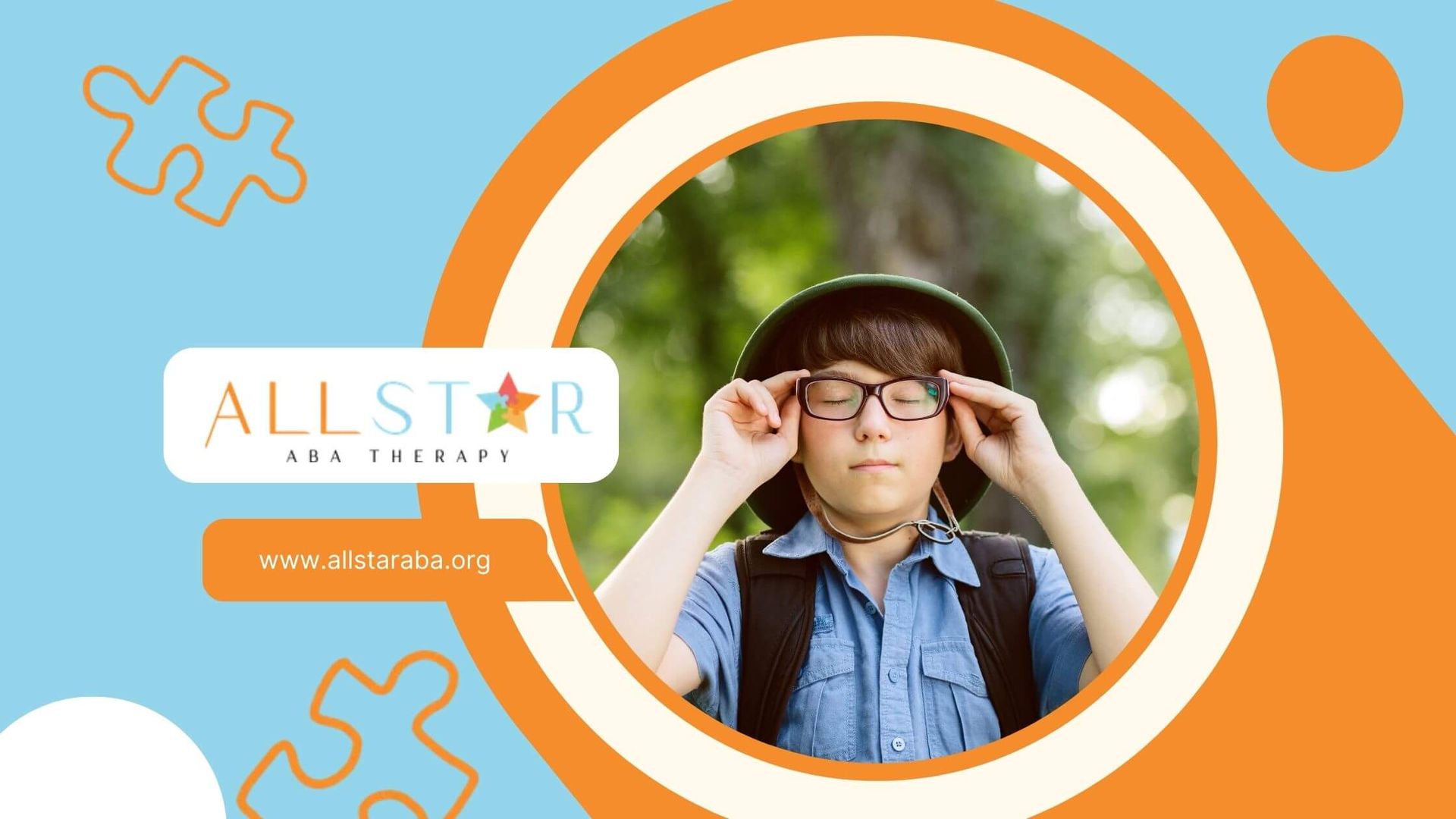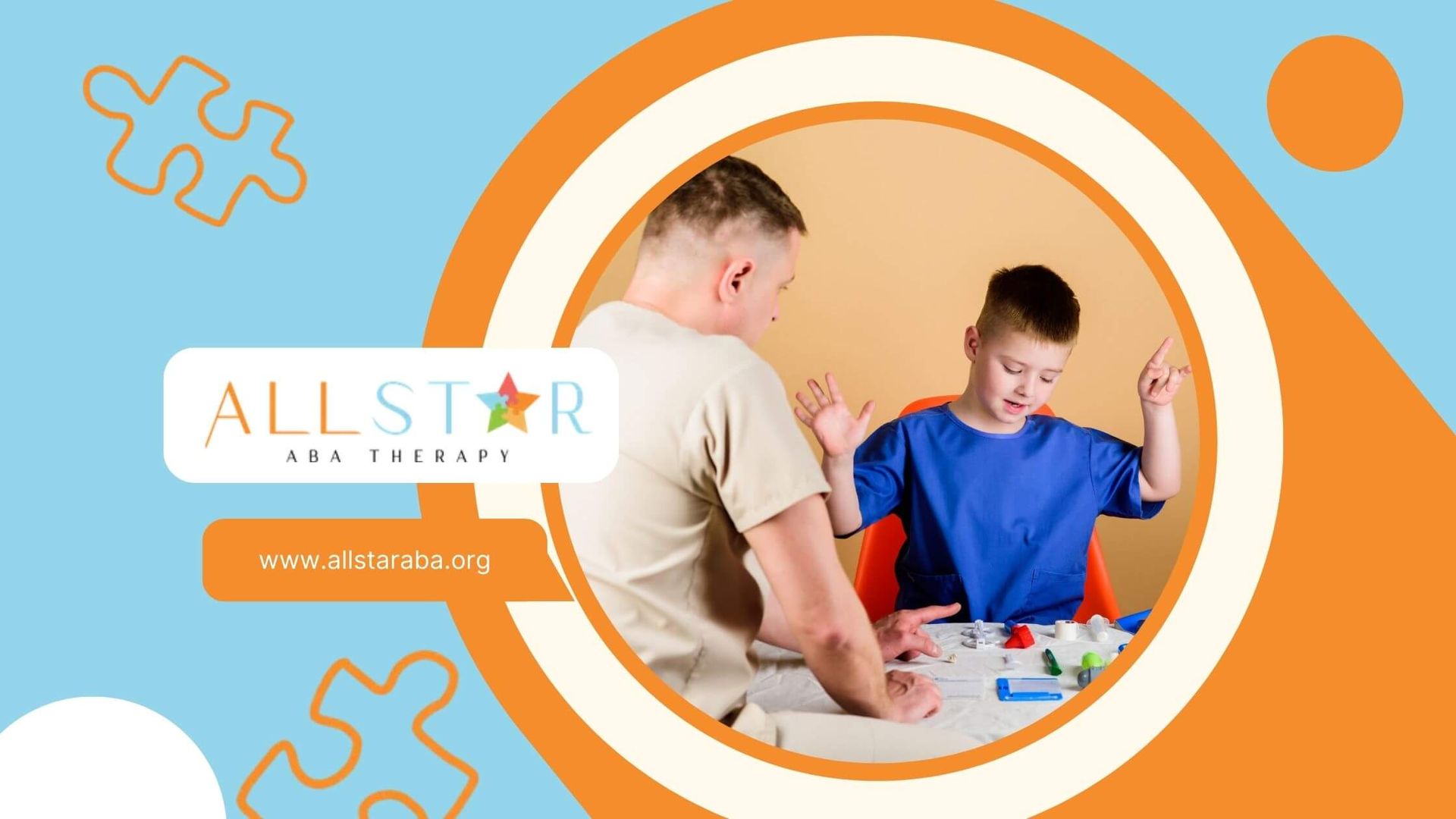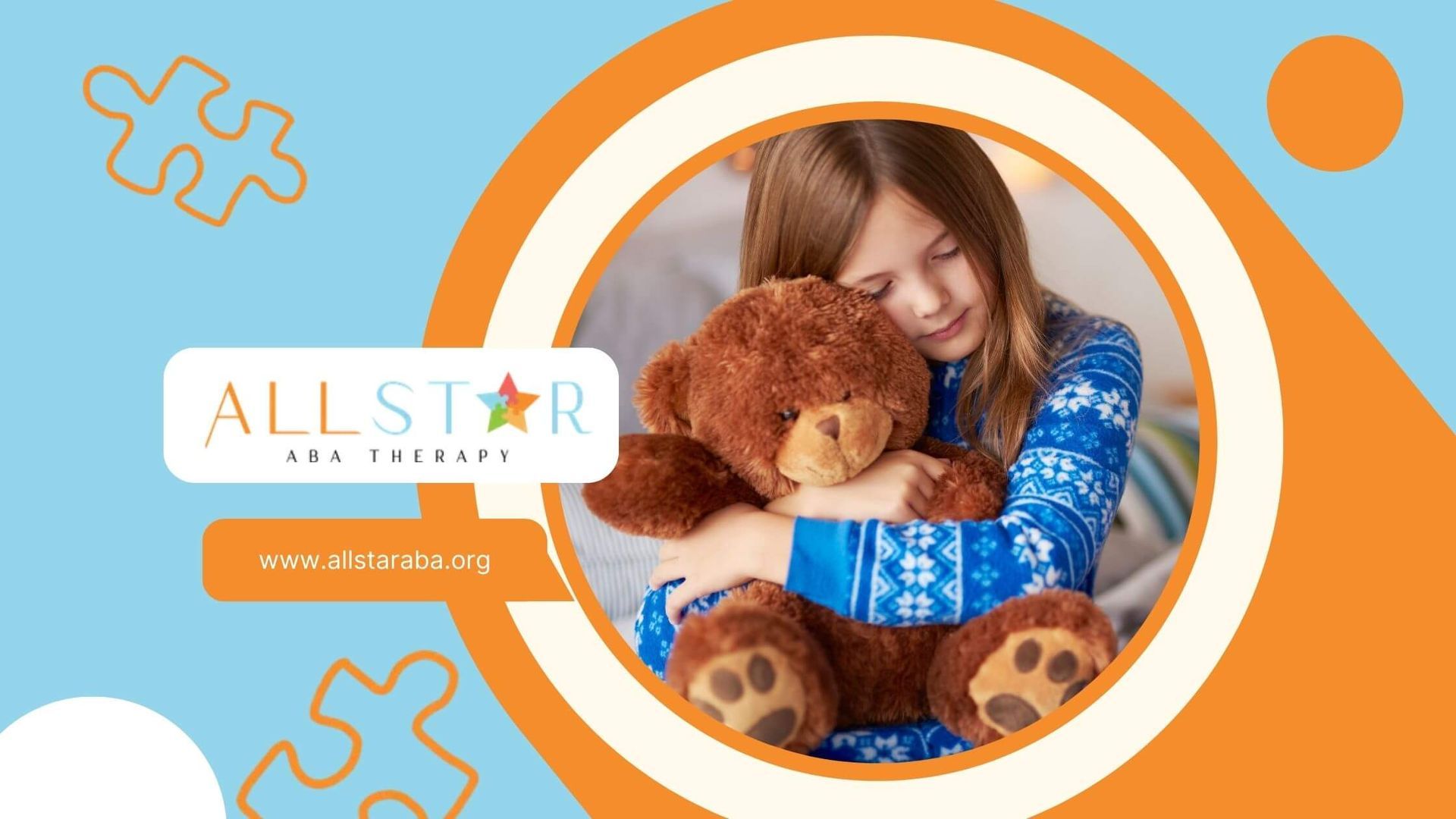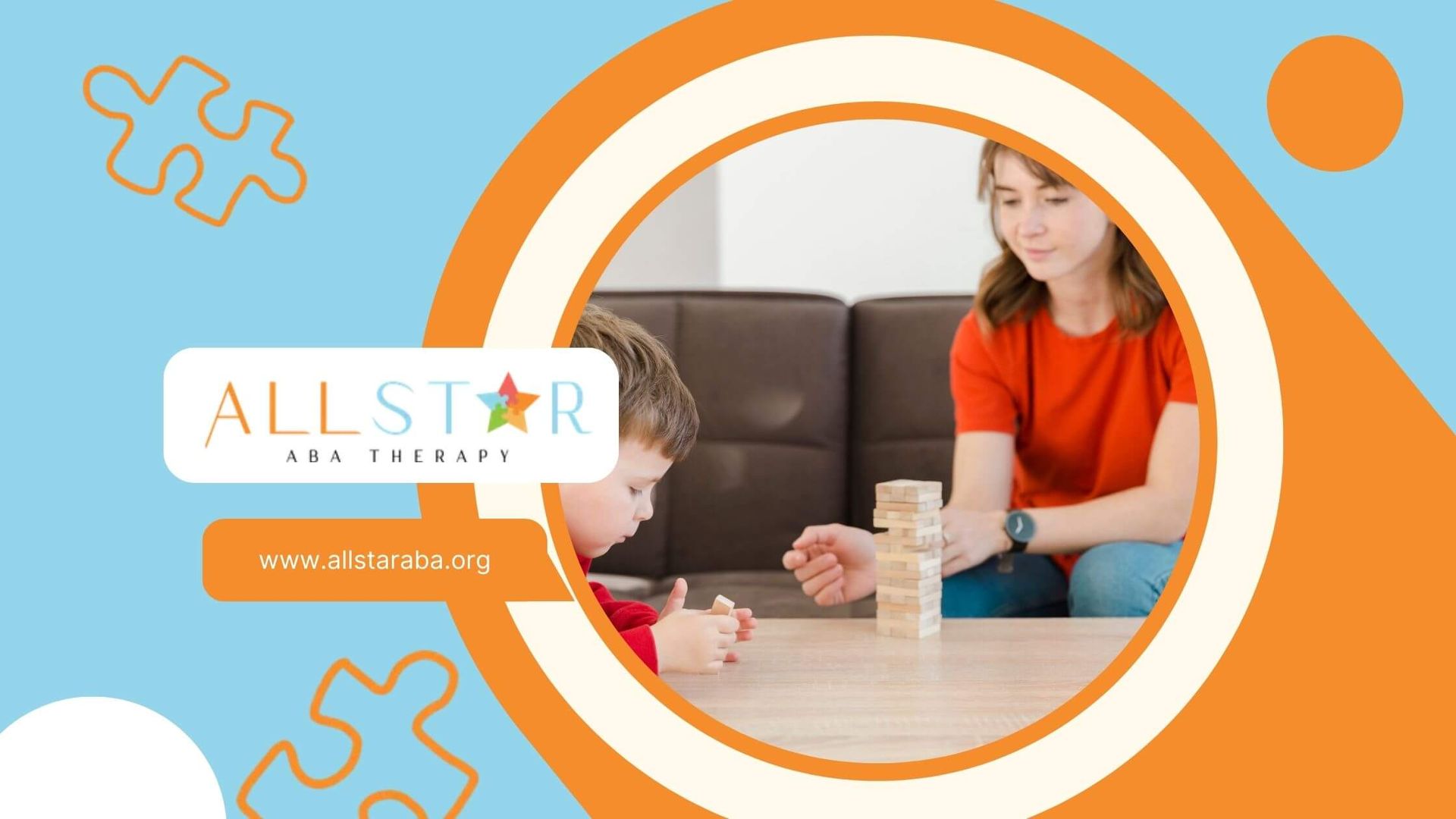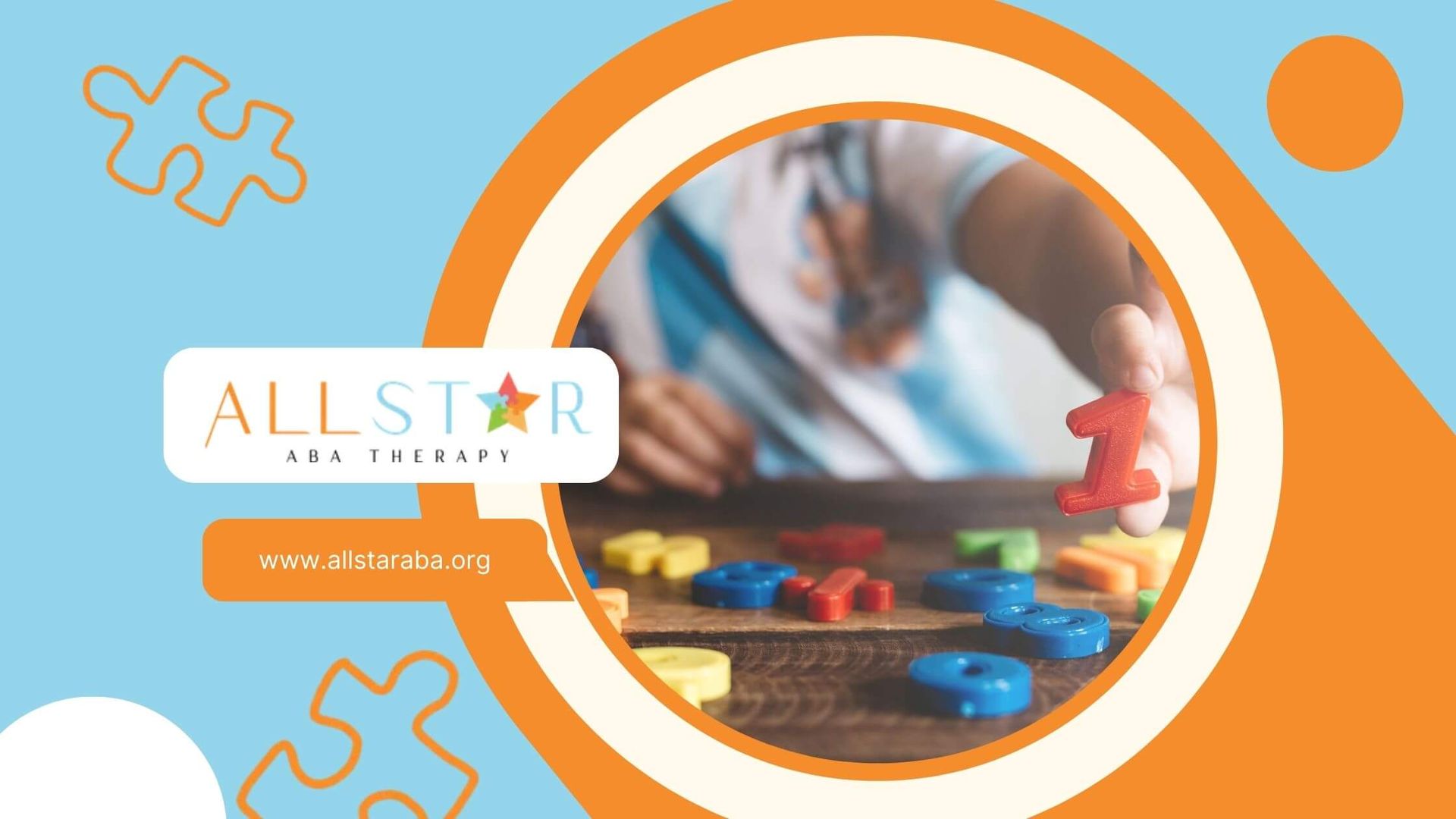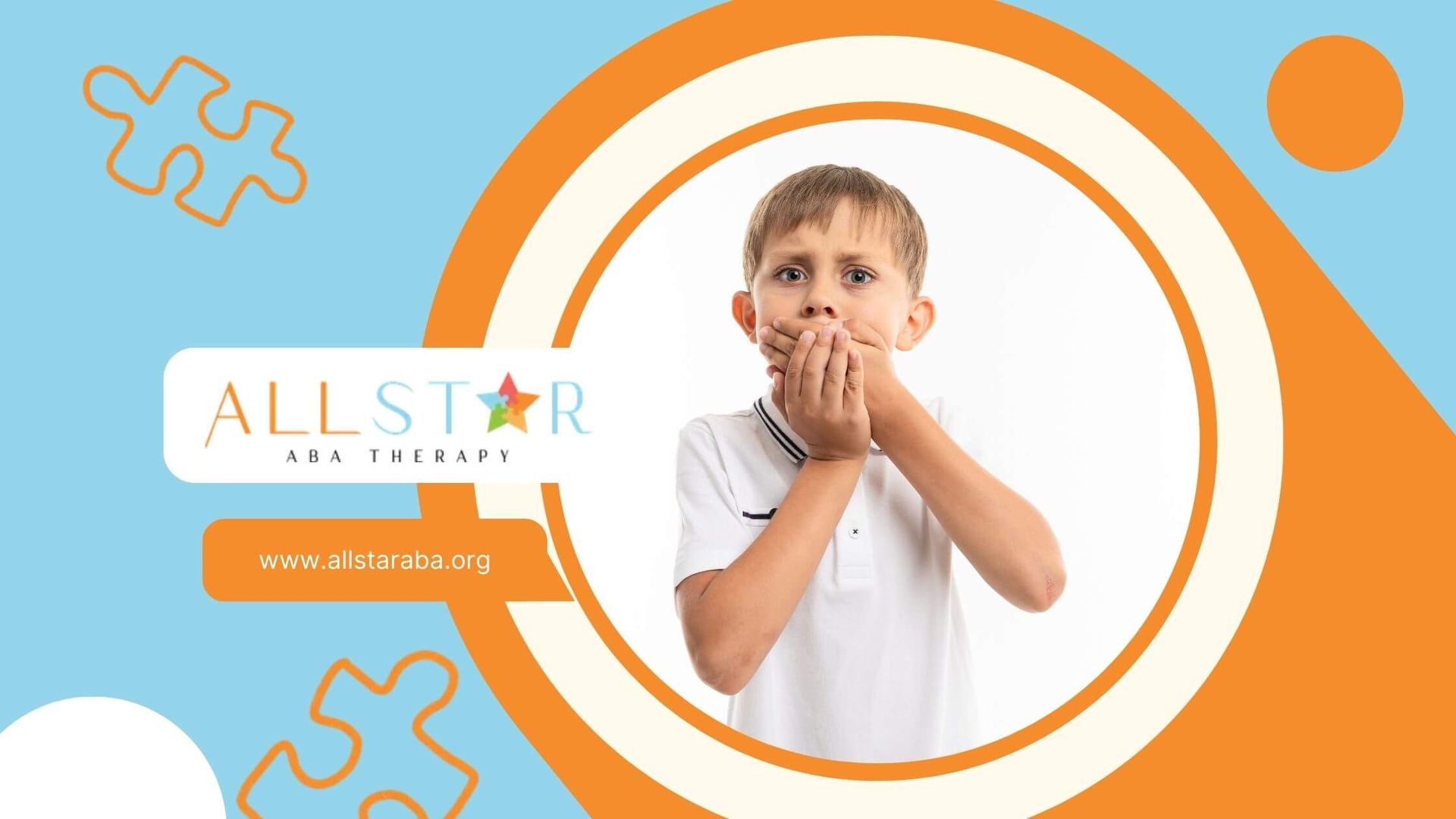New Paragraph
Understanding Language Disorders in Children with Autism: Signs and Support
This is a subtitle for your new post
Language disorder is a common challenge for children with autism. It refers to difficulties in understanding, using, or processing language. These issues can affect both verbal and nonverbal communication, making it harder for children to express themselves or follow conversations.
Children with autism may experience different types of language disorders. Some may have trouble forming full sentences, while others struggle with understanding tone, sarcasm, or social cues. In more severe cases, a child might be nonverbal or use alternative communication methods, like picture boards or speech devices.
These challenges are not due to lack of intelligence—many autistic children are highly capable but need different ways to communicate. Early diagnosis and intervention are key. Speech and language therapy, especially when tailored to the child’s needs, can lead to significant improvement.
At All Star ABA, we focus on helping children build strong communication skills through personalized, ABA-based strategies. Our team works closely with families and therapists to ensure consistent support across settings.
Recognizing and addressing language disorders early can make a huge difference in a child’s confidence, learning, and connection with others. With the right support, every child can find their voice.
Frequently Asked Questions (FAQs)
1. What is a language disorder?
It’s a difficulty in understanding or using spoken, written, or nonverbal language.
2. Is language disorder common in autism?
Yes, many autistic children experience language challenges.
3. Does it mean my child won’t speak?
Not always. Some may be nonverbal, while others have delayed or unusual speech patterns.
Need Support?
We're Here to Help!
Our experienced team is ready to assist you. Reach out today to discuss how we can support your child's development and well-being.
Get started with expert ABA therapy today.



